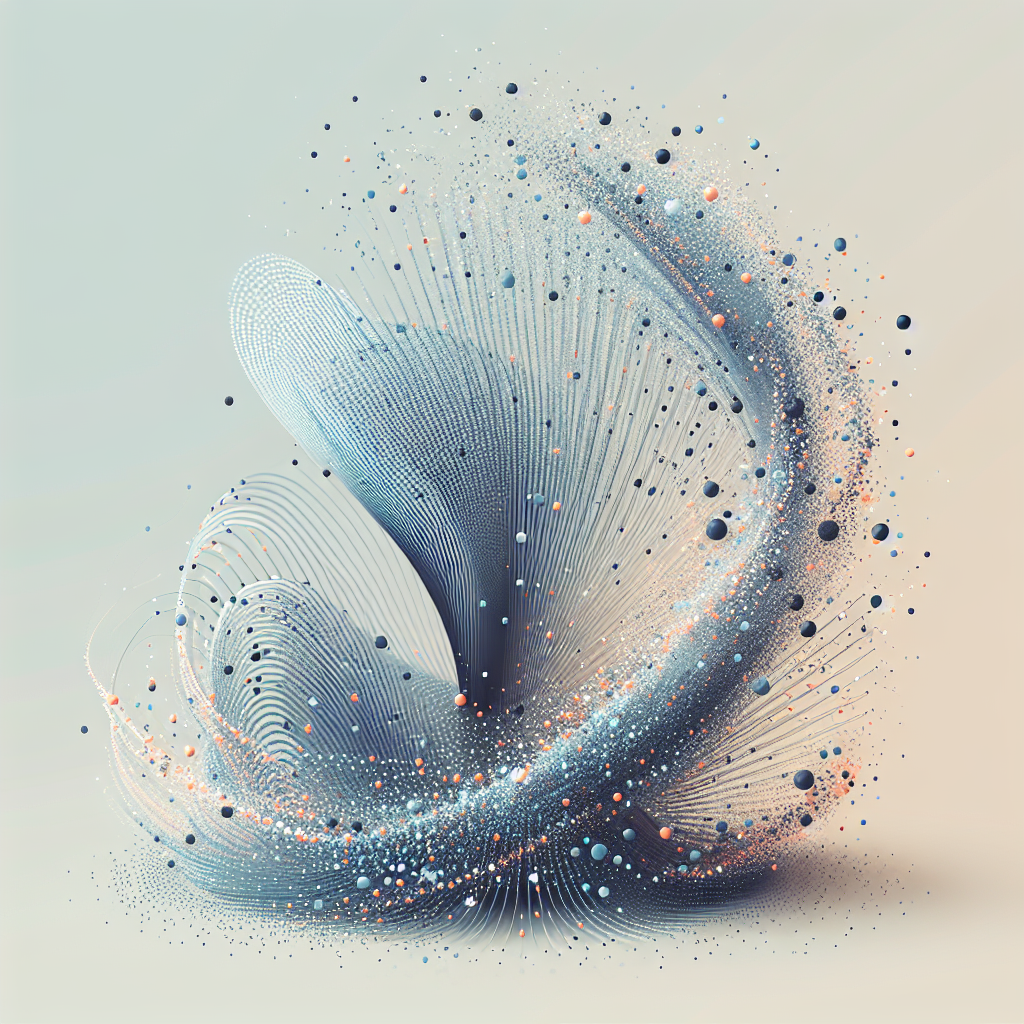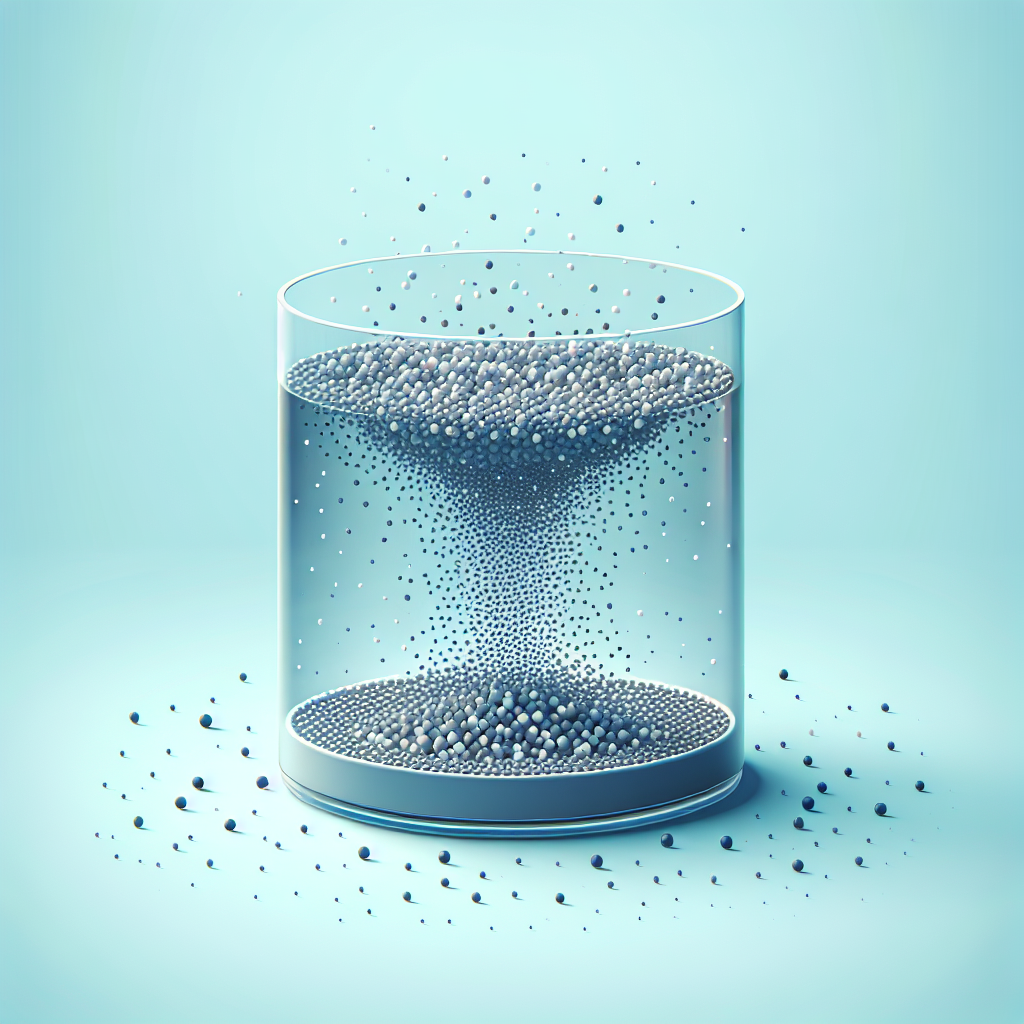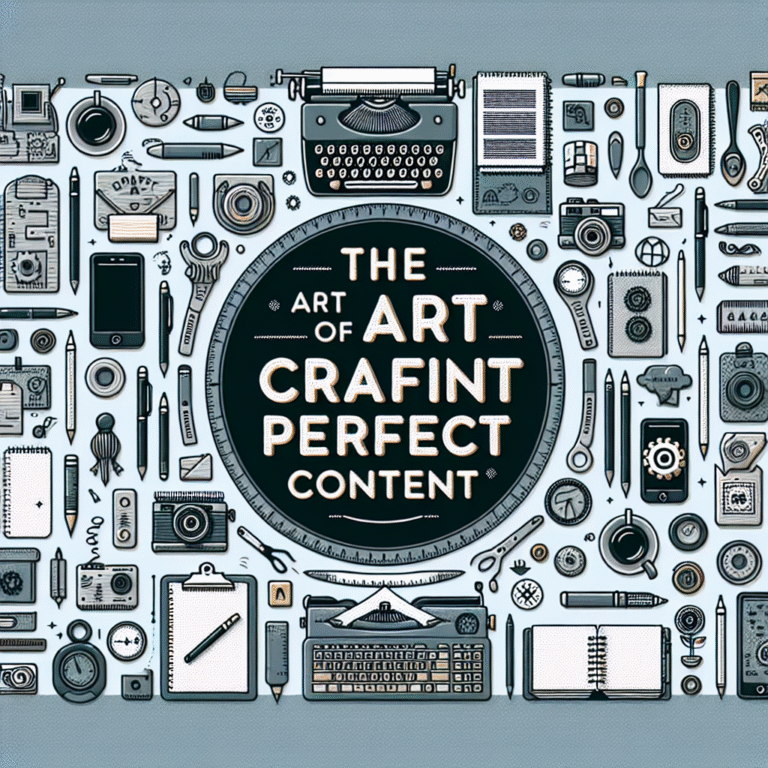How to Get Prompt from Image Stable Diffusion
p>How to get prompt from image stable diffusion is a complex and multifaceted topic that has garnered significant attention in recent years. Stable diffusion is a type of deep learning model that has been shown to be highly effective in generating high-quality images from text prompts. However, getting the prompt right is crucial in achieving the desired output. In this article, we will delve into the world of stable diffusion and explore the various techniques and strategies that can be employed to get the prompt just right. We will discuss the importance of understanding the model’s capabilities and limitations, the role of keyword selection, and the impact of prompt engineering on the final output. Additionally, we will provide a comprehensive guide on how to craft effective prompts, including tips and tricks for optimizing the prompt for better results. With the rapid advancement of technology, it is essential to stay up-to-date with the latest developments in stable diffusion and prompt engineering. By the end of this article, readers will have a thorough understanding of how to get prompt from image stable diffusion and will be equipped with the knowledge and skills necessary to achieve high-quality results.Understanding Stable Diffusion

Stable diffusion is a type of deep learning model that utilizes a process called diffusion-based image synthesis. This process involves iteratively refining a random noise signal until it converges to a specific image. The model is trained on a large dataset of images and learns to represent the underlying patterns and structures of the data. The key advantage of stable diffusion is its ability to generate high-quality images that are highly realistic and detailed. However, the model’s performance is highly dependent on the quality of the prompt. A well-crafted prompt can result in a high-quality image, while a poorly crafted prompt can lead to subpar results. Understanding the model’s capabilities and limitations is crucial in getting the prompt right.Model Capabilities and Limitations
The stable diffusion model has several capabilities and limitations that need to be considered when crafting a prompt. Some of the key capabilities of the model include its ability to generate high-quality images, its flexibility in terms of the types of images it can generate, and its ability to learn from large datasets. However, the model also has several limitations, including its susceptibility to mode collapse, its sensitivity to hyperparameters, and its requirement for large amounts of computational resources. Understanding these capabilities and limitations is essential in getting the prompt right and achieving high-quality results.Prompt Engineering
Prompt engineering is the process of crafting a prompt that is optimized for the stable diffusion model. This involves selecting the right keywords, phrases, and sentences that will guide the model in generating the desired image. Prompt engineering requires a deep understanding of the model’s capabilities and limitations, as well as the ability to think creatively and outside the box. Some key strategies for prompt engineering include using descriptive language, specifying specific details, and using reference images. By employing these strategies, users can increase the chances of getting high-quality results from the stable diffusion model.Crafting Effective Prompts
Crafting effective prompts is a critical step in getting the most out of the stable diffusion model. A well-crafted prompt can result in a high-quality image that meets the user’s requirements, while a poorly crafted prompt can lead to subpar results. Some key tips for crafting effective prompts include using descriptive language, specifying specific details, and using reference images. Additionally, users can employ various techniques such as prompt chaining, prompt stacking, and prompt tuning to optimize the prompt for better results. By following these tips and techniques, users can increase the chances of getting high-quality results from the stable diffusion model.Prompt Chaining

Prompt chaining is a technique that involves using a series of prompts to generate a single image. This technique can be useful in generating complex images that require multiple prompts to capture the desired details. By using prompt chaining, users can increase the chances of getting high-quality results from the stable diffusion model. Some key benefits of prompt chaining include its ability to generate complex images, its flexibility in terms of the types of images it can generate, and its ability to learn from large datasets.Prompt Stacking
Prompt stacking is a technique that involves using multiple prompts to generate a single image. This technique can be useful in generating images that require multiple prompts to capture the desired details. By using prompt stacking, users can increase the chances of getting high-quality results from the stable diffusion model. Some key benefits of prompt stacking include its ability to generate complex images, its flexibility in terms of the types of images it can generate, and its ability to learn from large datasets.Optimizing Prompts for Better Results
Optimizing prompts for better results is a critical step in getting the most out of the stable diffusion model. There are several techniques that can be employed to optimize prompts, including prompt tuning, prompt pruning, and prompt regularization. By using these techniques, users can increase the chances of getting high-quality results from the stable diffusion model. Some key benefits of optimizing prompts include its ability to generate high-quality images, its flexibility in terms of the types of images it can generate, and its ability to learn from large datasets.Prompt Tuning
Prompt tuning is a technique that involves adjusting the prompt to optimize its performance. This can be done by adjusting the keywords, phrases, and sentences used in the prompt, as well as the hyperparameters used in the model. By using prompt tuning, users can increase the chances of getting high-quality results from the stable diffusion model. Some key benefits of prompt tuning include its ability to generate high-quality images, its flexibility in terms of the types of images it can generate, and its ability to learn from large datasets.Some key strategies for optimizing prompts include:
Real-World Applications

The stable diffusion model has several real-world applications, including image generation, image editing, and image manipulation. The model can be used to generate high-quality images for various purposes, such as advertising, marketing, and entertainment. Additionally, the model can be used to edit and manipulate images, such as removing objects, changing colors, and adding textures. By using the stable diffusion model, users can increase the chances of getting high-quality results and achieving their desired goals.Image Generation
Image generation is one of the primary applications of the stable diffusion model. The model can be used to generate high-quality images for various purposes, such as advertising, marketing, and entertainment. By using the stable diffusion model, users can increase the chances of getting high-quality results and achieving their desired goals. Some key benefits of using the stable diffusion model for image generation include its ability to generate high-quality images, its flexibility in terms of the types of images it can generate, and its ability to learn from large datasets.Image Editing
Image editing is another application of the stable diffusion model. The model can be used to edit and manipulate images, such as removing objects, changing colors, and adding textures. By using the stable diffusion model, users can increase the chances of getting high-quality results and achieving their desired goals. Some key benefits of using the stable diffusion model for image editing include its ability to generate high-quality images, its flexibility in terms of the types of images it can generate, and its ability to learn from large datasets.Conclusion
In conclusion, getting prompt from image stable diffusion is a complex and multifaceted topic that requires a deep understanding of the model’s capabilities and limitations, as well as the ability to think creatively and outside the box. By employing various techniques such as prompt engineering, prompt chaining, prompt stacking, and prompt tuning, users can increase the chances of getting high-quality results from the stable diffusion model. Additionally, the model has several real-world applications, including image generation, image editing, and image manipulation. By using the stable diffusion model, users can achieve high-quality results and achieve their desired goals. Some key takeaways from this article include:
By following these tips and techniques, users can increase the chances of getting high-quality results from the stable diffusion model and achieve their desired goals. With the rapid advancement of technology, it is essential to stay up-to-date with the latest developments in stable diffusion and prompt engineering. By doing so, users can unlock the full potential of the stable diffusion model and achieve high-quality results that meet their requirements.Here is a comparison table that highlights the differences between various techniques used in prompt engineering:
| Technique | Description | Benefits |
|---|---|---|
| Prompt Chaining | A technique that involves using a series of prompts to generate a single image | Ability to generate complex images, flexibility in terms of the types of images it can generate, and ability to learn from large datasets |
| Prompt Stacking | A technique that involves using multiple prompts to generate a single image | Ability to generate complex images, flexibility in terms of the types of images it can generate, and ability to learn from large datasets |
| Prompt Tuning | A technique that involves adjusting the prompt to optimize its performance | Ability to generate high-quality images, flexibility in terms of the types of images it can generate, and ability to learn from large datasets |
Some key benefits of using these techniques include:
By using these techniques and staying up-to-date with the latest developments in stable diffusion and prompt engineering, users can unlock the full potential of the stable diffusion model and achieve high-quality results that meet their requirements. blockquote>Pro Tip: Always use descriptive language and specify specific details when crafting a prompt. This will increase the chances of getting high-quality results from the stable diffusion model.
In addition to these techniques, users can also employ various tools and software to optimize prompts and achieve better results. Some popular tools and software include:
By using these tools and software, users can streamline the prompt engineering process and achieve high-quality results more efficiently. With the rapid advancement of technology, it is essential to stay up-to-date with the latest developments in stable diffusion and prompt engineering. By doing so, users can unlock the full potential of the stable diffusion model and achieve high-quality results that meet their requirements.





